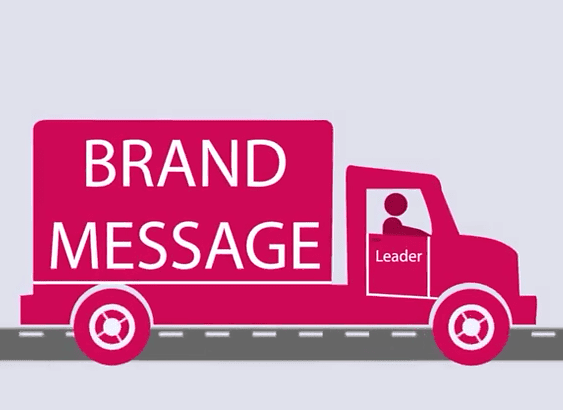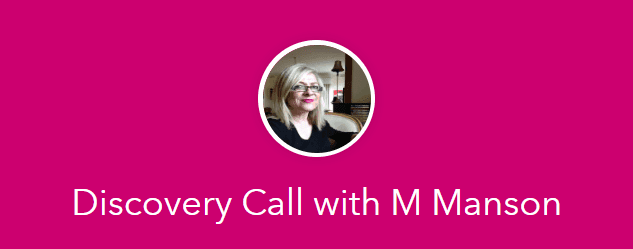 Can Australia awaken its leadership giant within and turn around our future through strategic innovation? If we are to provide the current enviable lifestyle to future generations of Australians, and trade out of the trillion dollar COVID-19 debt, we seriously need to focus on innovation. My concern is that Australian businesses continue to lag in innovation behind countries we never considered as competitors.
Can Australia awaken its leadership giant within and turn around our future through strategic innovation? If we are to provide the current enviable lifestyle to future generations of Australians, and trade out of the trillion dollar COVID-19 debt, we seriously need to focus on innovation. My concern is that Australian businesses continue to lag in innovation behind countries we never considered as competitors.
Here is the thing. Innovation has everything to do with Leadership. Innovation needs a leadership mandate and, ideally, also inspiration. Without the mandate, the only innovation a business can hope for is accidental innovation. Not a strategy!
An Australian Productivity Study shows that annual wastage in wages on unproductive activities cost organisations over $109 billion. And the biggest contributing factor is people management. While this term is marred by its evil cousin, micro-management,
“The Study has measured employees’ sentiment around the biggest barriers hindering productivity, and the opportunities available to improve performance across four areas:
- People management issues: developing and utilising the full talents and capabilities of human capital
- Organisation structure, design and operating model: removing all wasteful, bureaucratic, and non-value work and outputs
- Innovation: being deliberate and audacious with an innovation agenda
- Technology: being more ambitious and effective in process automation and technological change
Two of the biggest influences on organisational productivity are: having a clear business vision and having confidence in leadership.”
Here are six leadership truisms, that when taken on board and remedied, will result in improved employee engagement, productivity and innovation results. All this leads to greater competitiveness, which Australia needs to counterbalance the changes in the mining and manufacturing to secure new sources of Competitive Advantage.
1. Vision
Truism: If you don’t know where you are going, every road will get you there. The question is: where!
The value of a bigger picture shared with employees cannot be underestimated. The story goes that when JFK visited NASA in 1964, he met a janitor and asked him about his work. The janitor said “I am helping put a man on the moon.” What would you like your employees to say about their role in your organisation?
Revisit your Vision for the company or for your Business Unit. Can it inspire your people? Can it be shared externally to inspire customers, partners and general public?
2. Mission
Truism: If you don’t stand for something, you will fall for anything.
Again, many corporate Mission Statements are big on statement and small on Mission. Mission is a single proposition. A business can only have one Competitive Advantage. Mission is the roadmap for the entire organisation. It helps you stay on course and leverage your resources with great efficiency and effectiveness.
Because business Mission clarifies internally and externally exactly what problems you solve, for whom and what makes you different, a good Mission Statement helps:
- Marketing – to develop more effective marketing strategies, lead generation campaigns and high-ROI communication and sales and marketing collateral.
- Digital, design and content agencies – to deliver more targeted services to you and achieve better results.
- Sales to find prospects more effectively and to provide them with the right information every time.
- Executives and Leaders – to deliver consistent message internally and externally to customers, peers, media and industry.
If your Business Mission is not helping you to grow business, talk to us about sharpening it for you.
3. Unrelenting Communication
Truism: Communication is a two-way street.
One major problem with business or marketing strategy for most organisations is a short-term outlook. What should be a long-term vision and destination becomes more like a sales campaign than a strategy.
Big problem! But here is an even bigger challenge.
The other side of the same coin is strategy ownership. Strategy, whether it’s busienss, technology, or marketing, is inevitably owned by a select few. Most employees may only have access to narrow aspects of the strategy on a ‘need to know’ basis. Rarely, there is a considered process of internal communication to spread the ownership, and therefore, understanding and commitment on all levels. Strategy becomes a rigid and static exercise, because without the full picture, most employees cannot proactively help improve the result.
Sakichi Toyoda, founder of Toyota and ‘Toyota Way’, liked to tell his co-workers: “Open the window; it is a big world out there”. Communicate the strategy consistently and frequently. Reiteration!
4. Leader as a Coach
Truism: Manager’s role is to manage people and processes.
This is a new trend, but its importance is going to escalate. Who likes to be told all the answers? The Y-Gen in particular likes to discover things for themselves. But if you want them to discover the right things faster, you as a Leader and Manager, need to become a Coach, who guides and helps people discover the best in themselves.
Have you ever seen a winning Team without a good coach? In the future, Coaches will not be reserved for senior managers. Some of the most innovative and successful organisations, have internal Coaches for the employees. But before this happens, the basic role of a Manager-Coach is to explain what the company is trying to achieve and encourage people to think about improvement using ‘Freedom within framework’ approach.
5. Internal Brand Evangelism
Truism: Our Sales people know our brand/business proposition.
Before the new management of Apple allow the uniqueness of the brand to blur, let’s remember Steve Jobs as the ‘idol’ Leader. He created ‘personality’ of the brand through personal communication. He evangelised the Non-Negotiable Principles of product design, personally launched every product and ad campaign. His principles evangelised the Brand as much internally as externally. How much volume do you think 35,000+ employees can add to the corporate message? A lot of brand noise!
How many sales people does your organisation have? How many more can it add through the entire informed and inspired workforce?
6. Purposeful Employee Networks
Truism: Our employees have clearly defined role, and know what they need to be doing.
No one person and no one organisation today has all the knowledge and resources to get things done fast enough or competitively enough on their own. Humans naturally gravitate towards people whom they understand best, and that’s people who think in the same way and share the same knowledge. This is not always conducive to new ideas.
Unfortunately organisations are designed in a similar functional manner.
But they don’t need to be. Imagine, how many capabilities, knowledge, ideas and energy, not to mention, budgets, are hidden in those silos? Imagine, how much more effective your Marketing team would be if they had an understanding and support of your financial experts? How effective and creative could your IT people be if they had a direct pipeline to Marketing people and Customers?
The secret to productivity and Competitive Advantage is in people connectivity. If it can be enhanced by technology the better!
Leaders can unleash this potential in formal and informal way. But the first step is to encourage your people to talk to everybody in the organisation and find out what they are doing, how and why?
Try these ideas for your Department, Business Unit or the entire Organisation. Wow! You will be unleashing pure excitement.
Let me know!
 InnoFuture is an innovative content marketing agency, providing content strategy and content development services to Australian b2b organisations. Contact us to find out how we can help your organisation improve marketing and market communication, differentiate, and more competitive.
InnoFuture is an innovative content marketing agency, providing content strategy and content development services to Australian b2b organisations. Contact us to find out how we can help your organisation improve marketing and market communication, differentiate, and more competitive.


